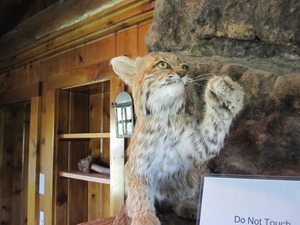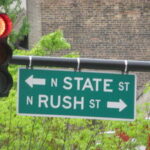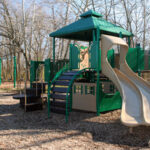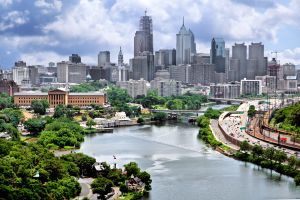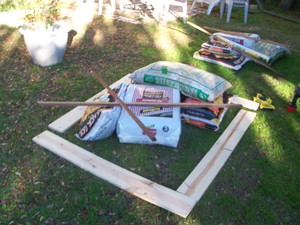Just east of the Black Hills in South Dakota sits Custer State Park. Overshadowed by the National Monuments and Parks inside the Black Hills themselves, Custer still offers amazing views and opportunities to get up close and personal to much of the wildlife in the western planes.
I have visited Custer State Park many times, usually in the morning before the heat of the plains becomes to overpowering. Taking a couple of hours to explore the 18 mile Wildlife Loop gives me the chance to see animals while they are still active.
Custer State Park is named after the famous officer, who led an expedition through the area of French Creek. Gold was found there in 1874, leading to a brief gold rush and the massacres of Little Big Horn and Wounded Knee. There area was also the home of South Dakota’s first poet laureate, Beaver Creek.
I usually pack a lunch before entering the wildlife loop, and find a place with a clearing to sit and wait for animals to walk through. Many are used to road traffic, and the bison use the roads to move from one grazing area to another, but elk and deer tend to stay off the road. To see them, and other more rare wildlife, you need to get off the highway. Since there are bear and lions also inside the park, you still need to remain aware of your surroundings.
Custer State Park is the largest State Park in South Dakota, with hiking and camping as well as various scenic routes. There are also two historic buildings inside the park, one is Beaver Creeks log cabin and the other the Peter Norbert Center, which has exhibits on the history and wildlife of the park.
Once stopped, especially in a car, expect a few burros to come wandering over. The ‘Begging Burros’ of Custer State Park are not actually native to the area, having been transported there to take visitors to Mount Rushmore and other attractions in the area, before more reliable transport (trains and cars) were available. When they were no longer needed, the burros were just set free to wander.
What this means for visitors is the burros can be fed, and the burros themselves learned this long ago. When they see a stopped car they will often wander up to the side looking for handouts, and sometimes look a little cross when you don’t have anything. I usually don’t feed them, though I have seen many people do so.
With the increased traffic in the Black Hills the amount of wildlife you can see from the roads (at least not the road-killed kind) seems to drop every year, so if you are interested in seeing some of the animals native to the plains (and the burros, of course), than taking a day to explore Custer State Park is time well spent.
Andrew Pain is a writer and adventure motorcyclist. He has published travel and how-to books, and has traveled extensively in North and South America.
